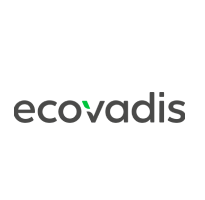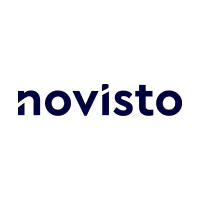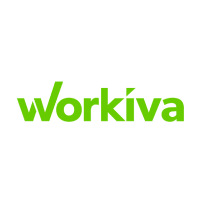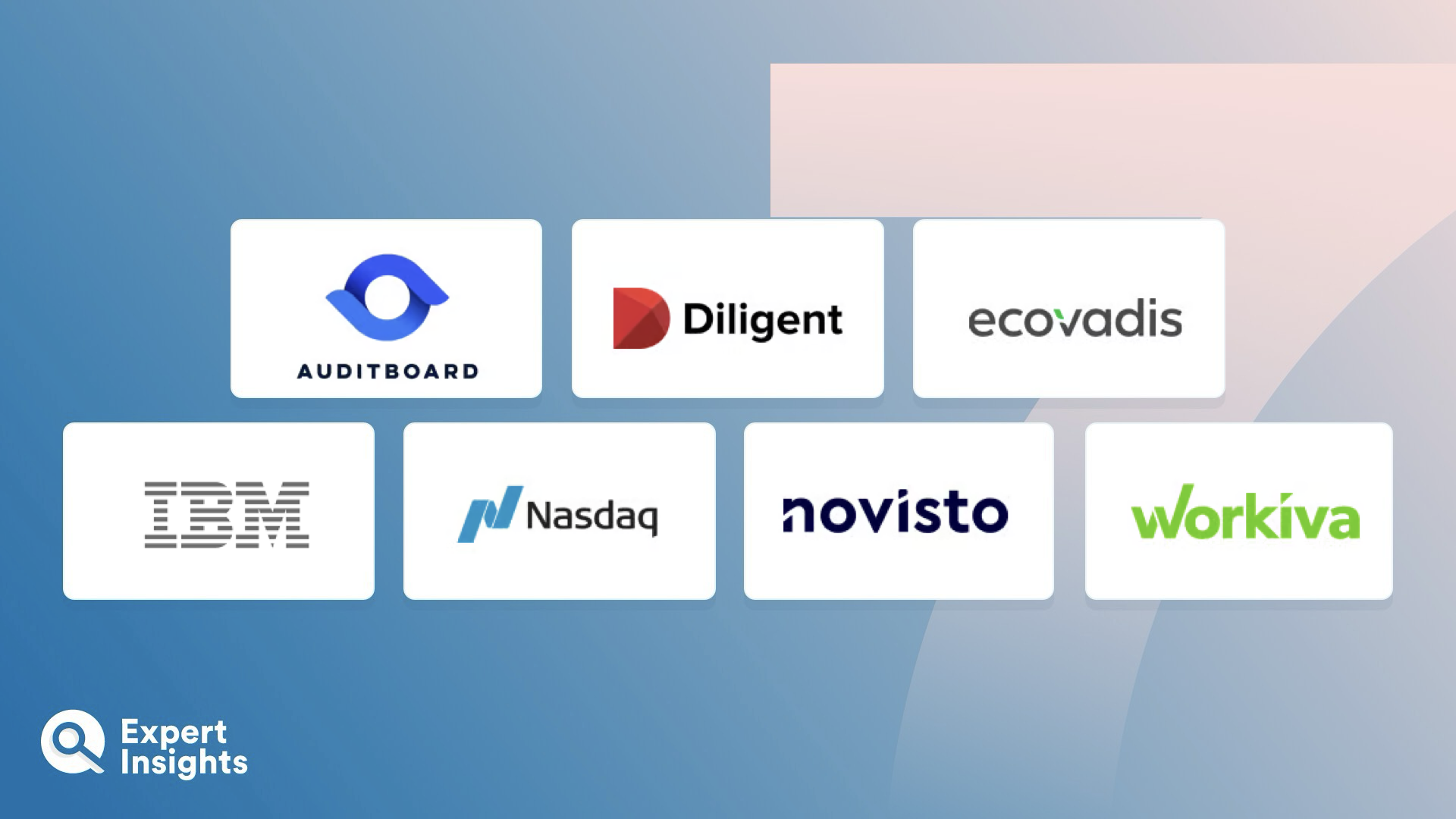Everything You Need To Know About Environmental, Social, and Governance (ESG) Reporting Software (FAQs)
What Is Environmental Social And Governance (ESG) Reporting Software?
Environmental, Social, and Governance considerations are increasingly becoming an important factor in making smart and ethical business decisions. For today’s consumers, it is no longer acceptable for businesses to be inward looking and insular. Customers and investors are increasingly aware of a businesses impact on its staff, the industry, and the wider environment. People expect a business to operate in an ethical and sustainable way, being a force for good, rather than just for turning a profit.
This customer demand is reflected in what investors are looking for a company. In highly competitive markets, customers have a wealth of reasons to choose (or to not chose) your company for their needs. One deciding factor could be the ethical, environmental, or social impact of your organization.
We can all think of companies that are infamously associated with bad press stories that either negatively impact the environment, deploy aggressive and insidious business tactics, or are frequently in the news for poor employee treatment.
ESG reporting covers three key areas:
- Environmental: In what ways does your organization limit/seek to improve its relationship to the environment?
- Social: How is your organization improving lives (for employees, those in your supply chain, or the broader public)?
- Governance: How are your management structures fair, equitable, sustainable, and just?
ESG reporting software makes it easy for your organization to avoid this type of bad press, in doing so, increasing transparency, and building customer trust. You may have the best product in the world, but you need to have customer trust to persuade people to spend their money with you.
ESG reporting software helps to evidence your efforts and prove that you are meeting your targets. This proves that you are making progress and can inspire other companies to improve their own practices. It also ensures that any ESG policies are not examples of “greenwashing” and used with the sole purpose of improving your brand image.
How Does Environmental, Social, and Governance (ESG) Reporting Software Work?
There are several frameworks that provide an overview and criteria for ESG targets and expectations. While there isn’t a requirement to adhere to any of these frameworks, aligning yourself with a recognised body makes your life easier as well as helping customers understand and recognise your successes.
Some of the most used ESG frameworks include:
- Global Reporting Initiative (GRI)
- United Nations Global Compact (UNGC)
- Task Force on Climate-related Financial Disclosures (TCFD)
- B Corp
ESG platforms enable organizations to easily collect data, compare it with standards and expectations, then package and present it for relevant stakeholders and customers.
The process begins with effective data collection and tracking. Your platform can identify key metrics, then monitor these over time. Effective management tools make it easy for this data to be assessed and used in the monitoring process.
Once gathered, this information will be compared against benchmarks as specified in the frameworks, in relation to your organization. Different sized organizations or different sectors may have different targets relating to carbon emissions or water usage, for example. The data can be analysed to provide insights into risk areas and trends. Some solutions will use AI to identify these areas and provide insightful information.
The findings will then be shared with relevant stakeholders or customers. You may need to share this information with ESG framework bodies to receive accreditation, such as B Corp status. Investors will want to ensure that processes are trending in the right direction and that their money is being well spent. Even marketing and comms teams may want to access this information to help publicise the positive steps that you’re making.
What Features Should You Look For In Environmental, Social, and Governance (ESG) Reporting Software?
While the reporting functionalities may seem similar across platforms, the broad nature of ESG can make finding the right solution for your organization a complex task. In this section we’ll highlight some of the key features that you should look for when trying to find a streamlined and effective ESG reporting platform.
Automated Data Gathering – In order to properly account for ESG factors, your solution will need to ingest a lot of data from across your organization. Having a solution that automatically gathers and inputs data will save you time, as well as reducing the likelihood of any areas or information is missed.
AI Analysis – The most effective way to assess such large amounts of information and ensure that you learn as much as possible is through using AI analysis. This is much quicker, more precise, and can delve deeper into data than is possible (or practical) by a human user.
Customizable Reporting – The data uncovered by this type of solution is very useful and reveals a lot about your business and practices. It is important, therefore, that you can configure and share this information in a comprehensible way with relevant and interested parties.
Pre-set Frameworks – A good ESG platform will have the compliance frameworks pre-set, making it easy to ensure your compliance. These frameworks may subtly change over time; therefore, it is beneficial to have a platform that can automatically update to reflect these changes.













